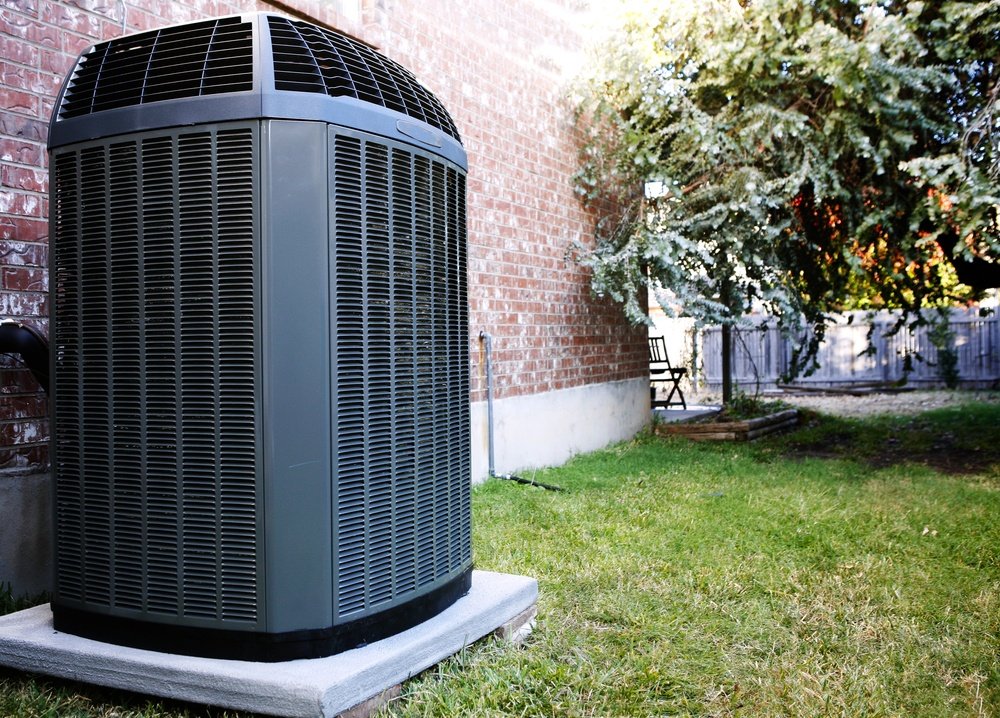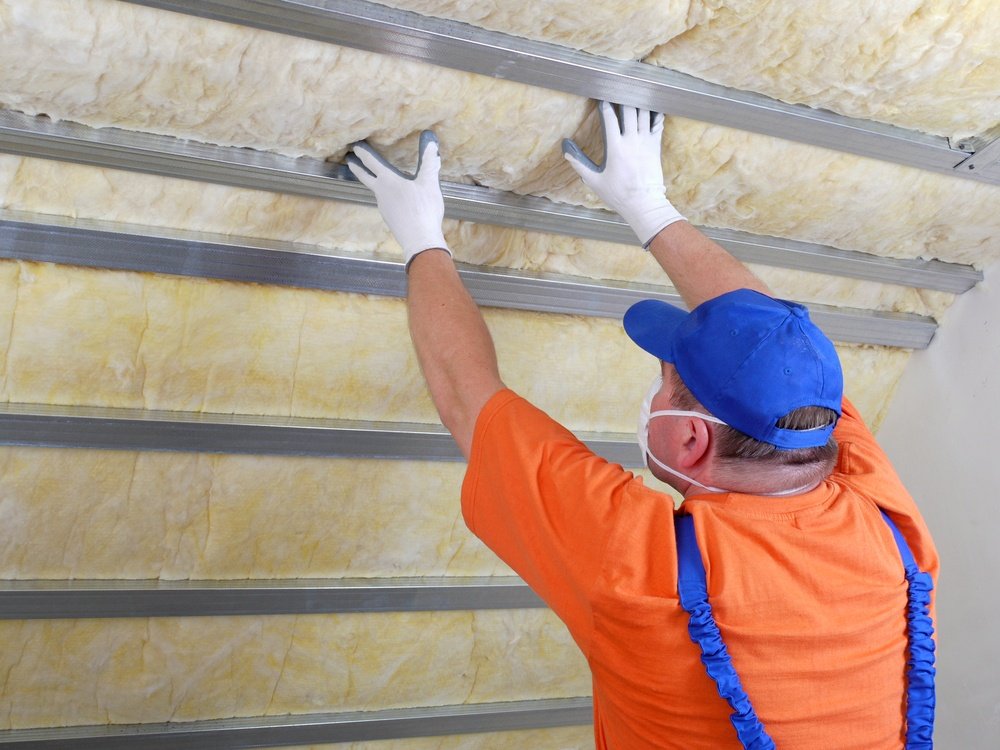How To Make Your HEATING AND COOLING Energy Efficient
 Is there anything more important to a home’s comfort, its livability, its promise of welcome every day than the ability to heat and cool the air in which we live, eat and sleep? Ever since Cro-Magnon man sought shelter millennia ago – trying to warm his living space with an open fire – we are creatures of habit – seeking relief from the bitter cold or blistering heat; the damp, the wind – you name it, we’re never really satisfied until we can control our own environment.
Is there anything more important to a home’s comfort, its livability, its promise of welcome every day than the ability to heat and cool the air in which we live, eat and sleep? Ever since Cro-Magnon man sought shelter millennia ago – trying to warm his living space with an open fire – we are creatures of habit – seeking relief from the bitter cold or blistering heat; the damp, the wind – you name it, we’re never really satisfied until we can control our own environment.
Fast forward a couple thousand years (give or take) and our goals are exactly the same, although these days we have a great deal of technology on our side. So when considering the options we have now, it’s practically an insult to those generations past if we don’t take advantage of the best ways to heat and cool our spaces – and more – an additional insult if we don’t work to keep the planet going with renewable and alternative fuel options for the generations to come.
Make These Simple Switches
Programmable Thermostats
One way to think about energy efficiency throughout the house is to consider when heating or cooling is needed. For people who work from home or have elderly residents or very young children, the home probably needs to be heated all day every day. But for people who leave for work or school in the morning and don’t return until late afternoon or evening, heating a house at a high, steady temperature all day is another waste of money.
Investing in a simple programmable thermostat – readily available at hardware and home improvement stores – is sure to save on your fuel bills for at least three seasons out of the year – and four if you have whole house air conditioning.
Consider Space Heaters for Remote Areas
Do you have a below-ground basement or recreation room that never warms up? Rather than turn up the heat for the whole house, consider using space heaters during the time you may be working in the basement. If you have an attic, think about how to condition the air as well as make heating/cooling as cost-effective as possible while you enjoy the benefits of additional rooms or loft space on the third floor.
Seal Air Leaks
No matter how efficient your heating/cooling system, you are truly wasting utility bill dollars if the conditioned air is leaking out of the house. The culprits in these cases are around doors and windows, or poorly fitted windows, as well as aging windows and doors. It’s easier to detect such air leaks in winter than summer, when you feel a draft of cold air coming from an entry, or sitting in a room that never quite warms up.
These issues are not the fault of your furnace, but rather the unintended air exchange between your inside (warmed) air and the outside temperature. You may want to consider adding additional insulation in the attic or basement, or along an outside wall on the main floor. Tighten up these leaks by replacing old fixtures, using weather stripping around doors, and checking for leaks or gaps between the windows and the frame of the house.

Tackle These Projects
Replace Your Old System
When considering heating systems, the rule of thumb is the older the system, the less efficient it is. Most experts suggest that a heating system even 15 years old is too old to be as efficient as a new system. By continuing to use an older system, you are not taking advantage of the mechanical and fuel efficiency you could be having, which means you’re probably wasting money paying higher utility bills.
New furnaces – no matter what fuel they use – are 15% more efficient than older models. Calculate what your gas or electric bill would look like trimmed by 15% (or more if your furnace was installed before 2000), and compare that with the cost of a new furnace.
Replacing aging whole house fuel systems may be the best way to gain superior energy efficiency. But even small changes, additions and repairs can lead to big savings and better fuel economy to insure whole house comfort all year round. Find out how efficient your current air conditioning system is by performing a home energy audit.


